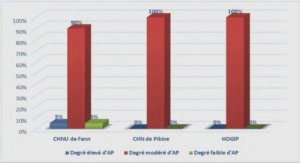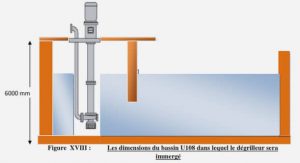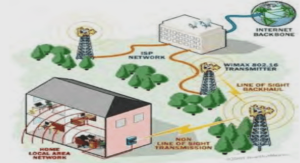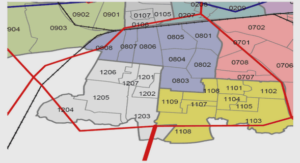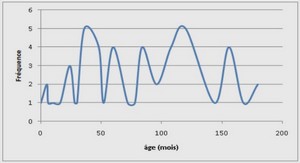BACKGROUND
Adobe mud blocks are one of the oldest and most widely used building materials. Use of these sun-dried blocks dates back to 8000 B.C. (Houben and Guillard 994, referenced in EERI adobe tutorial). The use of adobe is very common in some of the world’s most hazard-prone regions, such as Latin America, Africa, the Indian subcontinent and other parts of Asia, the Middle East, and southern Europe. Around 30% of the world’s population live in earth-made construction (Houben and Guillard 994). Approximately 50% of the population in developing countries, including the majority of the rural population and at least 20% of the urban and suburban population, live in earthen dwellings (Houben and Guillard 994). By and large, mainly low-income rural populations use this type of construction.
BUILDING IN ADOBE
Adobe is a low-cost, readily available construction material, usually manufactured by local communities. Typical cost of a new adobe house in Peru is about US$20/m2 (WHE Report 52, Peru) and US$/m2 in India (WHE Report 23, India). Adobe structures are generally self-made because the construction practice is simple and does not require additional energy resources. Often the blocks are made from local soil in a homeowner’s yard or nearby. Mud mortar is typically used between the blocks. Skilled technicians (engineers and architects) are generally not involved in this type of construction; hence the term, “nonengineered construction,” is used to describe the result.
Worldwide use of adobe is mainly in rural areas, where houses are typically one story, 3 m high, with wall thicknesses ranging from 0.25 m to 0.80 m. In mountainous regions with steep hillsides, such as the Andes, houses can be up to three stories high. In parts of the Middle East, one finds that the roof of one house is used as the floor of the house above. Urban adobe houses are found in most developing countries. However, they are not permitted by building codes in countries like Argentina, or in specific cities like San Salvador due to their poor seismic behavior.
EARTHQUAKE PERFORMANCE
In addition to its low cost and simple construction technology, adobe construction has other advantages, such as excellent thermal and acoustic properties. However, most traditional adobe construction responds very poorly to earthquake ground shaking, suffering serious structural damage or collapse and causing a significant loss of life and property. In the 200 earthquakes in El Salvador, ,00 people died, more than 50,000 adobe buildings were severely damaged or collapsed, and over ,600,000 people were affected (Dowling 2004a). That same year, an earthquake in the south of Peru caused the deaths of 8 people, the destruction of almost 25,000 adobe houses, and damage to another 36,000 houses (EERI adobe tutorial). In the latest 2003 Bam earthquake, more than 26,000 people died and over 60,000 were left without shelter, primarily due to the collapse of adobe houses (EERI 2004).
Adobe buildings are not safe in seismic areas because their walls are heavy and they have low strength and brittle behavior. During strong earthquakes, due to their large mass, these structures develop high levels of seismic forces, which they are unable to resist, and therefore they fail abruptly. Typical modes of failure during earthquakes are severe cracking and disintegration of walls, separation of walls at the corners, and separation of roofs from the walls, which can lead to collapse. Seismic deficiencies characteristic of adobe construction are summarized in the table below.

